Table of Contents
The geography of Kenya is a captivating blend of diverse landscapes and historical significance. Situated in East Africa, this nation’s geographic location has played a pivotal role in shaping its history and cultural identity.
Nestled along the eastern coast of the continent, Kenya geography beckons adventurous travelers with its expansive savannahs, towering Great Rift Valley, and pristine coastal regions. From exploring the majestic peaks of Mount Kenya to uncovering the cultural tapestry of Nairobi, Kenya’s diverse landscapes and rich history offer an unforgettable journey for intrepid tourists seeking a unique and enriching experience.
The physical geography of Kenya paints a picture of awe-inspiring natural masterpieces. From the incredible wildlife migrations in the Maasai Mara, representing the nation’s rich wildlife heritage, to the diverse ecosystems that span from the tropical rainforests to the arid deserts, Kenya stands as a testament to nature’s grandeur.
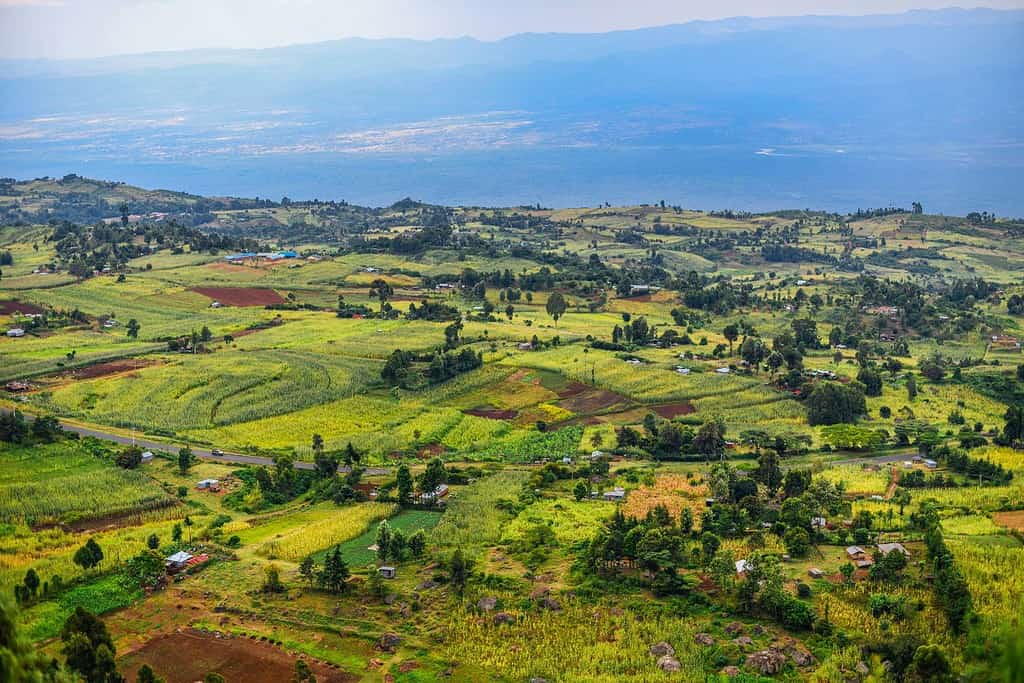
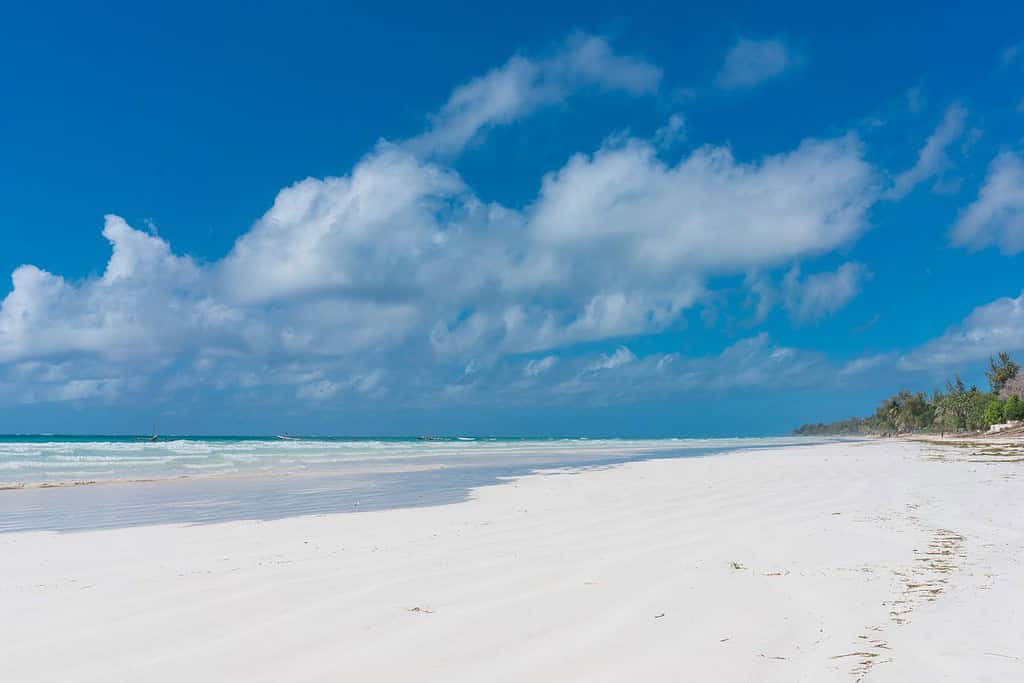
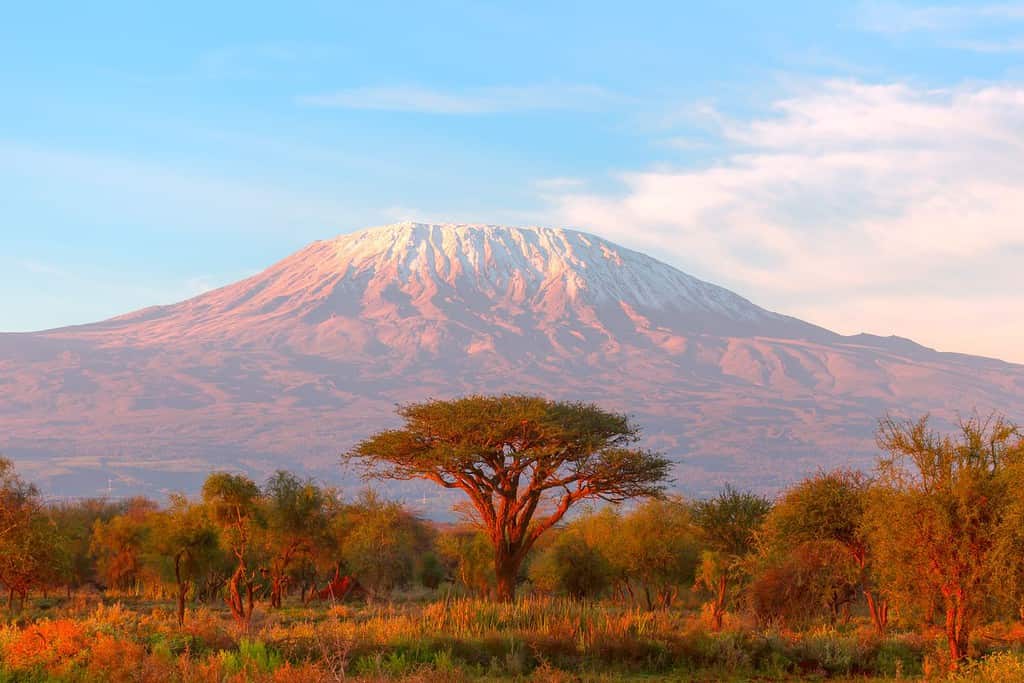
Top Geographic Features of Kenya
- Mount Kenya: Towering over central Kenya, Mount Kenya is the second-highest peak in Africa. Its stunning heights influence the country’s climate and topography.
- Tana River: The longest river in Kenya, the Tana River is crucial for the nation, providing much-needed water for agriculture, irrigation, and domestic use.
- Savannah Plains: These expansive grasslands stretch across a large part of Kenya, playing a pivotal role in supporting the country’s rich wildlife, including the iconic Big Five.
- Chalbi Desert: Situated in northern Kenya, this arid region is characterized by its vast sand dunes, mirages, and unique desert fauna.
- Great Rift Valley: Cutting through Kenya from north to south, this geologic wonder is dotted with lakes, volcanoes, and rich biodiversity, making it a key feature of the nation’s landscape.
- Mau Plateau: Located in the western part of Kenya, this elevated region is vital for the country’s water catchment, feeding several major rivers.
- Athi River: This river flows through southeastern Kenya, supporting agriculture, wildlife, and human settlements along its course.
- Maasai Mara National Reserve: Nestled in the southwestern part of Kenya, this reserve is renowned for its annual wildebeest migration, predators, and stunning landscapes.
- Lamu Archipelago: Located off the northeastern coast of Kenya, this group of islands boasts a rich Swahili heritage, pristine beaches, and marine biodiversity.
- Aberdare Range: Rising in central Kenya, these highland forests and moorlands are home to unique flora and fauna, including the endangered black rhino.
These geographic features play a pivotal role in shaping Kenya’s landscape, climate, and cultural history, making them vital elements in defining the country’s geography.
Kenya Geography
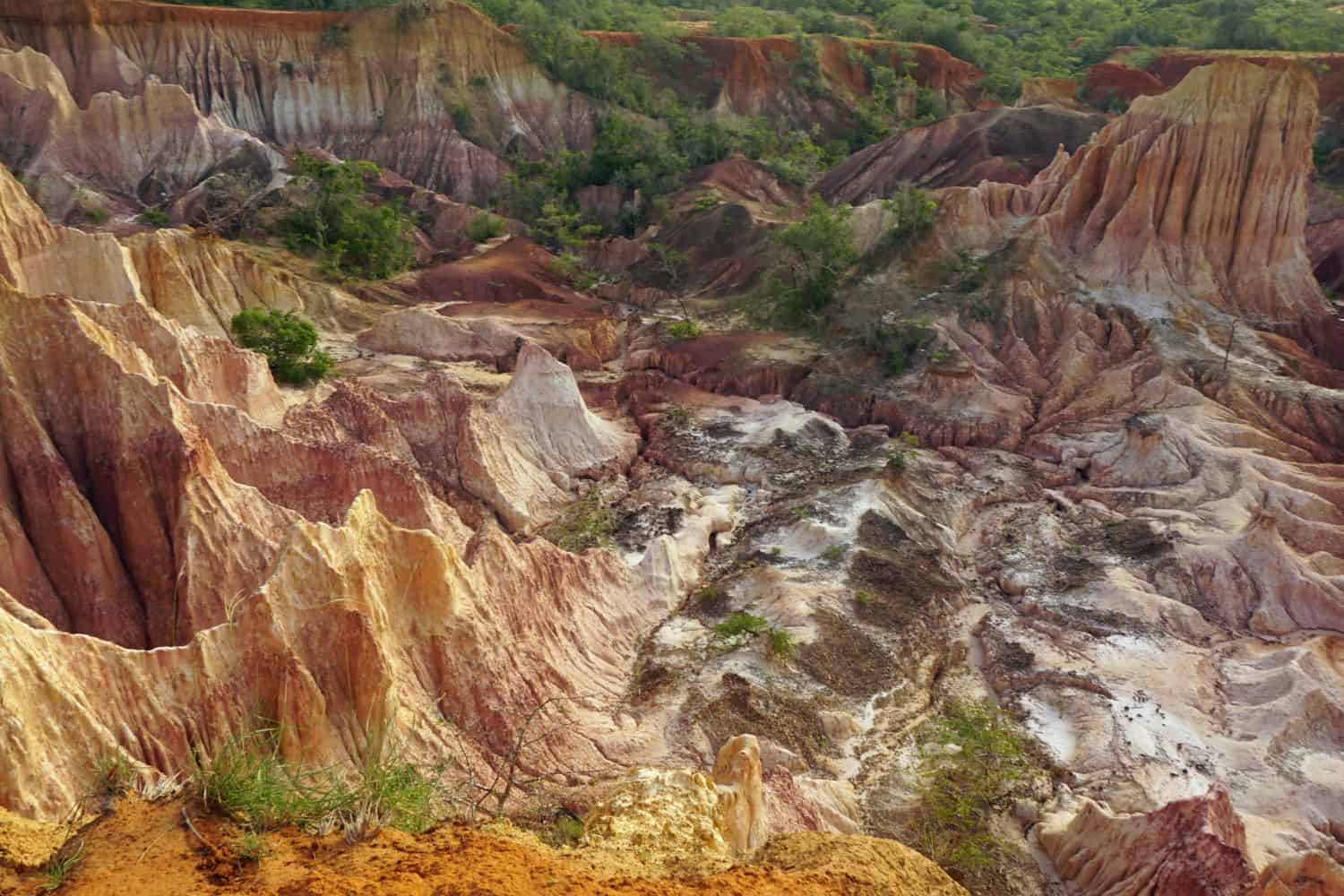
Exploring the Kenya National Geographic canvas reveals a breathtaking array of geographic features. From the towering Mount Kenya to the sprawling Maasai Mara savannahs and the coastal allure of Mombasa, the country presents a captivating tapestry of natural wonders.
- Mountain Ranges – The Crown of Diversity: Similar to documentaries that often feature towering mountain ranges, Kenya boasts the majestic Mount Kenya. These peaks not only add to the country’s scenic beauty but also offer unique biodiversity and have shaped its cultural identity.
- Lakes – A Kaleidoscope of Colors: Kenya’s Lake Nakuru National Park, with its stunning soda lakes, resembles the picturesque landscapes captured in photographs. These shimmering lakes, surrounded by forests and wildlife, reflect the region’s geological richness.
- Savannahs – Expansive Grasslands of Life: Just as documentaries highlight vast landscapes, Kenya’s Maasai Mara showcases expansive savannahs that are home to a variety of wildlife. This fertile region tells stories of Maasai traditions and the country’s conservation efforts.
- Historical Sites – Unveiling the Past: Kenya’s historical sites, like the ruins of Gedi, evoke memories of explorations that uncover ancient civilizations. These remnants stand as a testament to the country’s rich coastal and interior heritage.
- Ethnic Diversity – A Cultural Melting Pot: Similar to the National Geographic focuses on diverse cultures, Kenya is a tapestry of ethnic groups, including Kikuyu, Luo, Maasai, and Luhya among others. Each group contributes unique traditions, languages, and customs, creating a vibrant cultural mosaic.
- Wildlife – A Sanctuary for Nature: Kenya’s protected areas, such as the Amboseli National Park, mirror the coverage of wildlife conservation. These regions serve as crucial habitats for diverse species, preserving biodiversity in varied environments.
- Geological Marvels – A Natural Showcase: The country’s geological wonders, like the Great Rift Valley, showcase Kenya’s natural beauty amidst the towering Mount Kenya. Such structures demonstrate the dynamic forces of nature at work.
- Remote Exploration – Uncharted Territories: The remote and untouched regions of Turkana beckon adventurers, much like quests into uncharted territories. This vast expanse offers a glimpse into untouched landscapes and unique ecosystems.
Kenya geographic features are marked by the dominating presence of Mount Kenya. These majestic peaks, which sit in the central parts of the country, create a breathtaking backdrop for the nation’s diverse topography. Historic trade routes, once bustling with activity, weave their way through this landscape, connecting regions of East Africa.
Flowing gracefully through the Kenyan terrain are the life-giving rivers of Tana and the Ewaso Ng’iro, vital for agriculture and irrigation. Additionally, the coastal belts and the arid landscapes of the Northern Frontier District add to the country’s unique geography.
Kenya Geographic Location
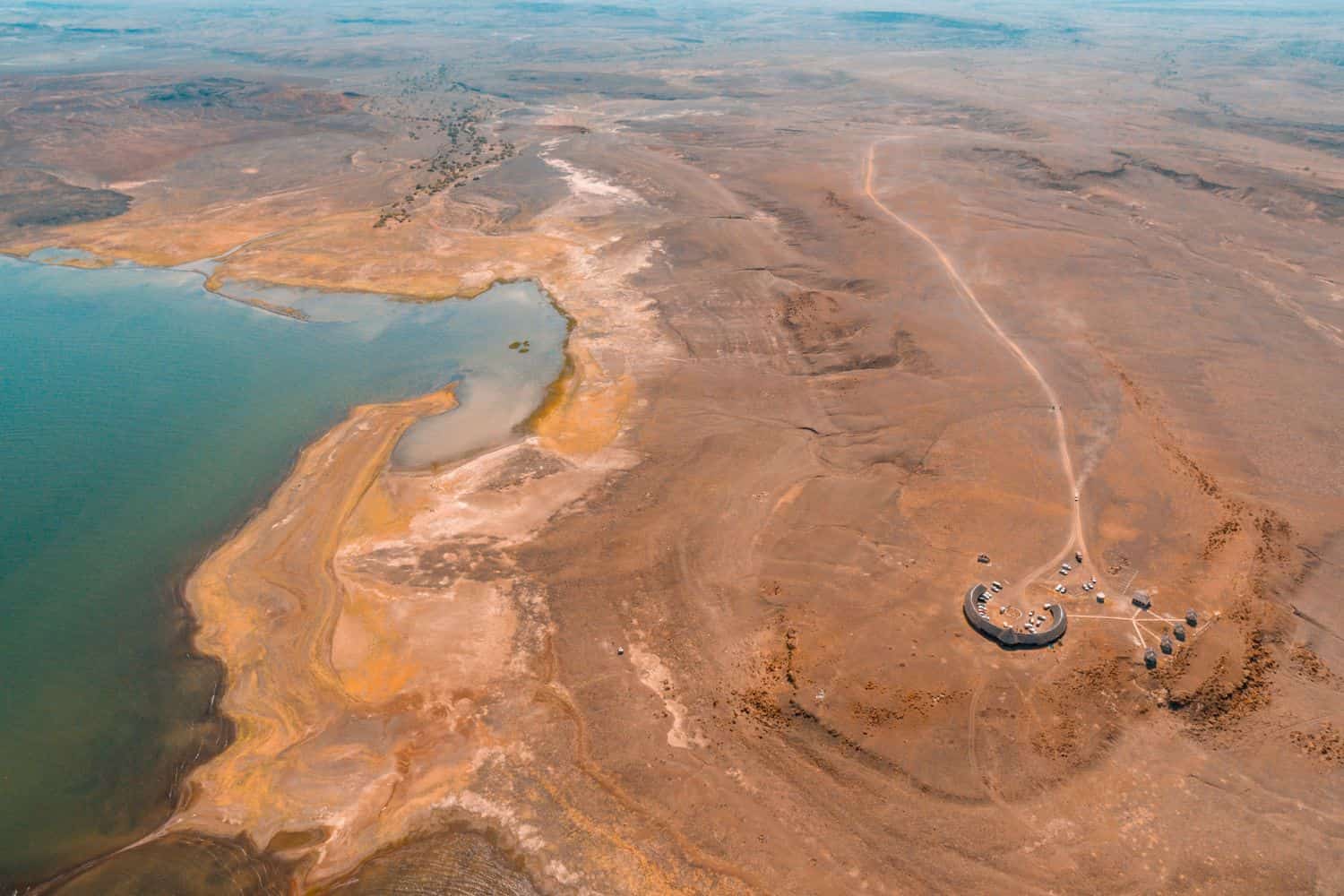
Kenya geographic location is very strategic, and its position has played a significant role throughout history. Located in the eastern part of Africa, the country has been a nexus for trade, culture, and ideas, emphasizing its historical importance.
Borders of Kenya
Kenya shares borders with five countries. Here is Kenya physical geography with the neighboring countries and the approximate total length of each border:
- Tanzania: The border between Kenya and Tanzania is approximately 769 kilometers long, making it the longest international border for Kenya.
- Uganda: The border between Kenya and Uganda is approximately 933 kilometers long.
- South Sudan: The border between Kenya and South Sudan is approximately 232 kilometers long.
- Ethiopia: The border between Kenya and Ethiopia is approximately 861 kilometers long.
- Somalia: The border between Kenya and Somalia is approximately 684 kilometers long.
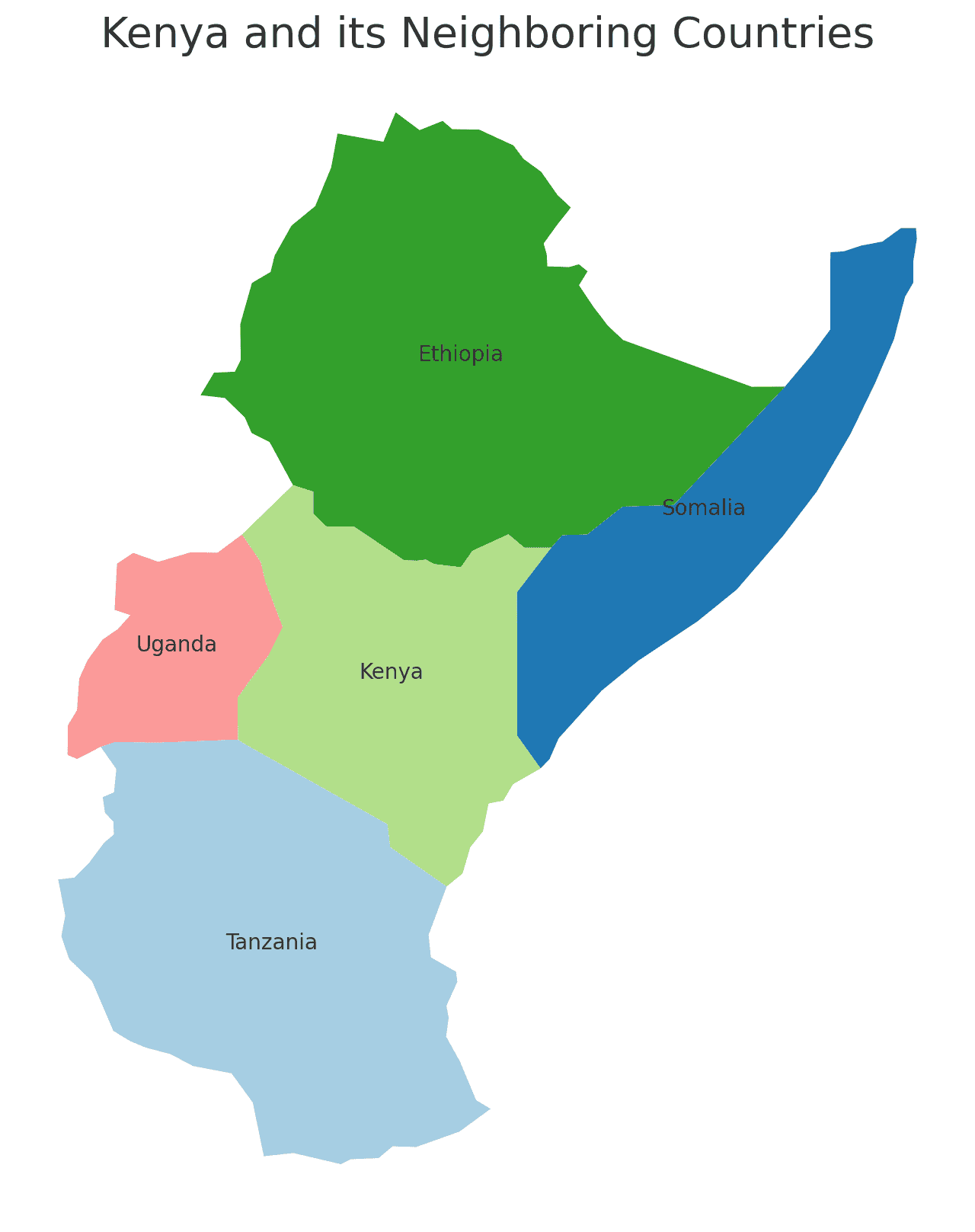
| Kenya Neighboring Country | Border Length (Approximate) |
|---|---|
| Tanzania | 769 kilometers |
| Uganda | 933 kilometers |
| South Sudan | 232 kilometers |
| Ethiopia | 861 kilometers |
| Somalia | 684 kilometers |
These international borders define Kenya’s connections to different regions and contribute to the country’s geopolitical significance as a crossroads between East Africa and the Horn of Africa.
Geography of Nairobi Kenya
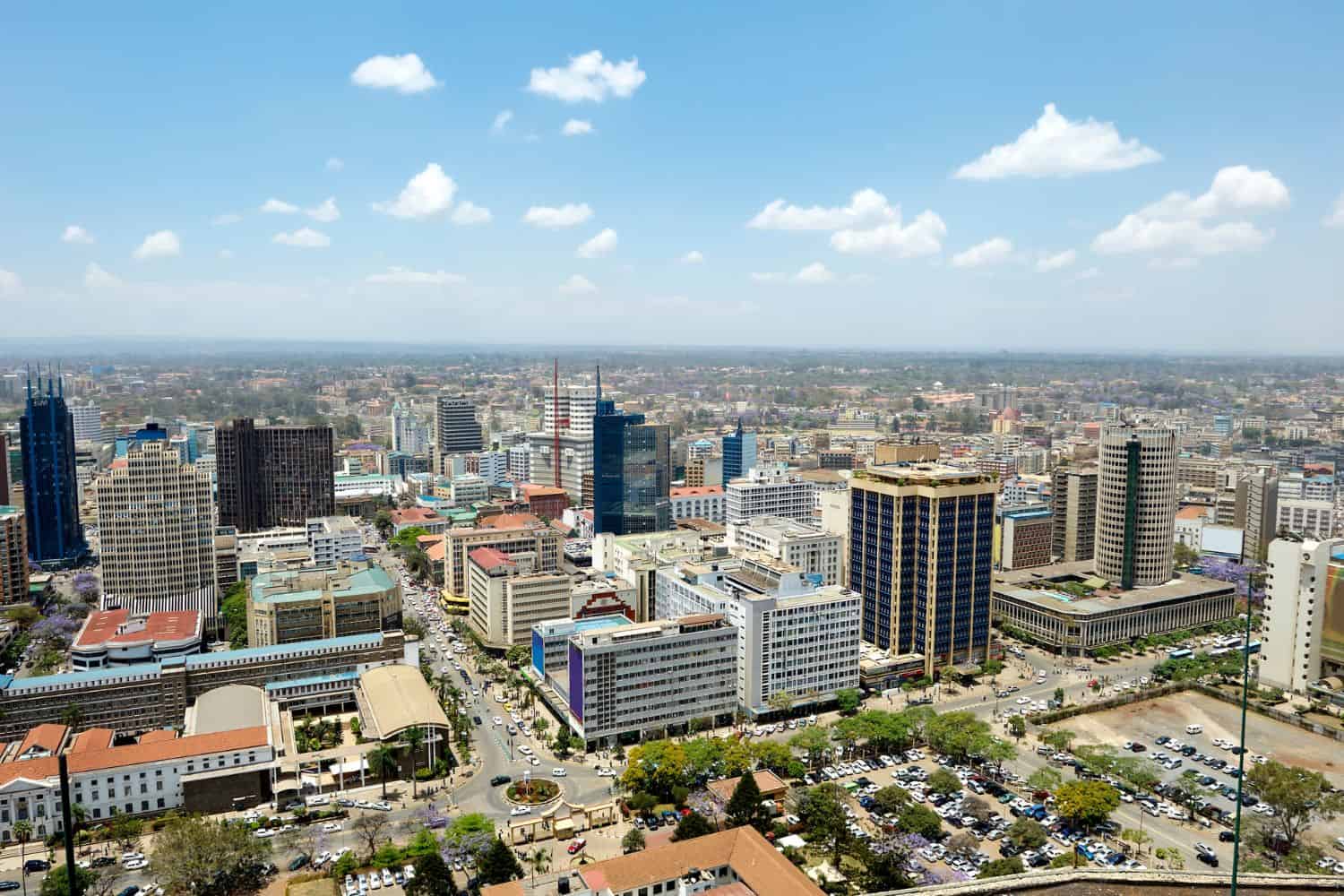
As the capital city of Kenya, Nairobi is a captivating microcosm of the country’s human geography. Here, various ethnic groups, including Kikuyu, Luo, Luhya, Kalenjin, and Kisii, coexist, contributing to the city’s vibrant cultural tapestry.
Nairobi, the capital city of Kenya
City of Contrasts: Nairobi is known for its stark contrasts, where modern skyscrapers coexist with traditional settlements, creating a unique blend of old and new.
- Nairobi River: The Nairobi River flows through the city, playing a significant role in its landscape and history.
- Nairobi’s Elevation: The city is situated at a high altitude, with the East African Plateau stretching out around it.
- Green Spaces: Nairobi is home to several beautiful parks and gardens, including the Nairobi National Park, offering a serene escape amidst the bustling city.
- Nairobi’s Historical Significance: With a history deeply rooted in colonial times, Nairobi has witnessed various epochs and played a pivotal role in East African politics and trade.
- Diverse Architecture: The city showcases a diverse architectural heritage, reflecting influences from British, Swahili, and modern styles.
- Music Culture: Nairobi is a hub for diverse musical styles, and its vibrant music culture can be seen and heard throughout the city.
- State House: The historic State House, located in the heart of the city, is an iconic symbol of Kenya’s political history.
- Nairobi’s Economy: The city serves as Kenya’s economic and cultural hub, attracting people from all over the country seeking opportunities and education.
- Population Growth: Nairobi has experienced steady population growth, with a significant influx of migrants from various regions, leading to urbanization and infrastructure challenges.

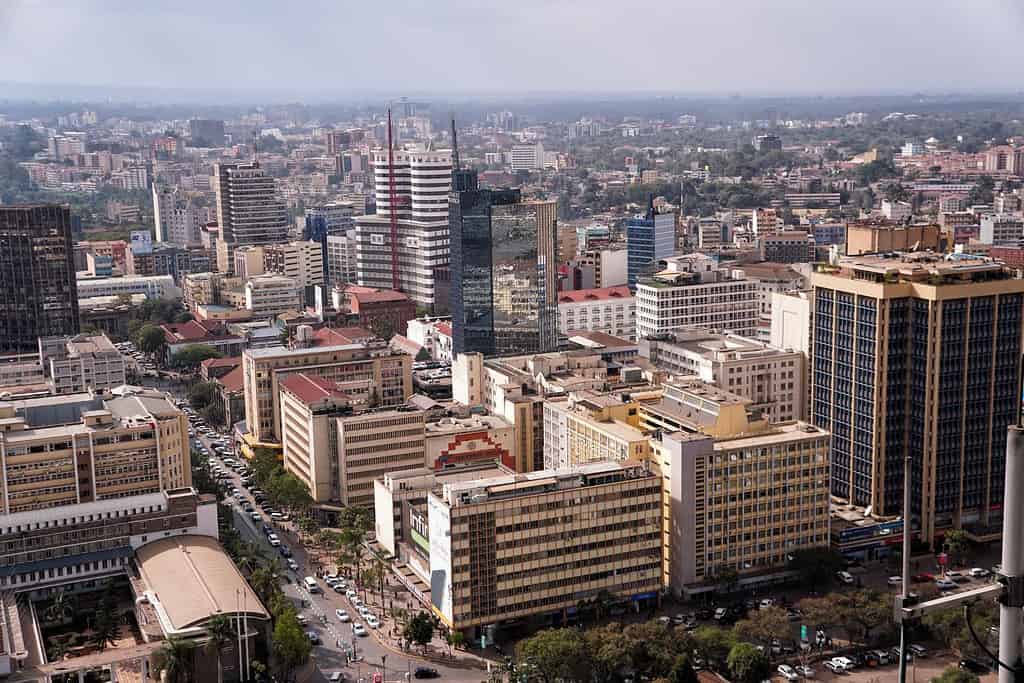
Historical Geographical Importance of Kenya
Throughout the ages, Kenya’s geographical significance has made it a focal point for historical events. As kingdoms and tribes waxed and waned, from the Swahili coast traders to the Maasai warriors and European colonizers, Kenya’s geographic position played a critical role in shaping the continent’s history.
- Strategic Gateway: Kenya geographic location as a gateway between the Indian Ocean and the vast interior of East Africa has made it a key node for trade, cultural exchange, and military endeavors throughout history.
- Ancient Trade Routes: The ancient trade routes traversed through Kenya, connecting diverse tribes and facilitating the exchange of goods, ideas, and cultures.
- Swahili Coast and Trade: Kenya’s coastline was integral during the rise of the Swahili civilization, as it became a hub for trade with the Middle East, India, and China.
- Mau Mau Uprising: During the mid-20th century, Kenya was the epicenter of the Mau Mau uprising, where local freedom fighters struggled against British colonial rule.
- European Colonization: Kenya’s strategic position lured European powers in the late 19th and early 20th centuries, reshaping its social and political landscapes.
- Influence of Indigenous Tribes: Kenya was home to various indigenous tribes, including the Kikuyu, Luo, and Maasai, who left an indelible mark on its early history and culture.
- British and German Rivalries: The European scramble for Africa in the 19th century deeply impacted Kenya’s territorial and cultural landscape, leading to a fusion of traditions.
- The Great Rift Valley: Kenya’s Great Rift Valley, with its spectacular landscapes and unique ecosystems, has become emblematic of the nation’s natural beauty and cultural heritage.
- Influence of Swahili Culture: Kenya’s Swahili coast birthed a unique culture, with its architecture, language, and art, which has since captured the world’s admiration.
The geographical position of Kenya is a mosaic of natural splendor and historical relevance. With its sweeping savannas, iconic wildlife, pristine beaches, and rich cultural tapestry, this East African nation captivates the hearts of travelers worldwide. Despite its challenges, Kenya remains an irresistible destination for the adventurous spirit and the curious soul, drawn to its amalgamation of ecological marvels and historical depth.
In conclusion, Kenya’s geographical significance has made it a crossroads of cultural exchanges, with its position along ancient trade routes influencing a blend of cultures and traditions. Its strategic location has not only been a hotspot for biodiversity but also a nexus for historical narratives, continuing to influence the socio-economic dynamics of the region today.
More About Kenya
[the-post-grid id=”50384″ title=”Kenya Main page”]
